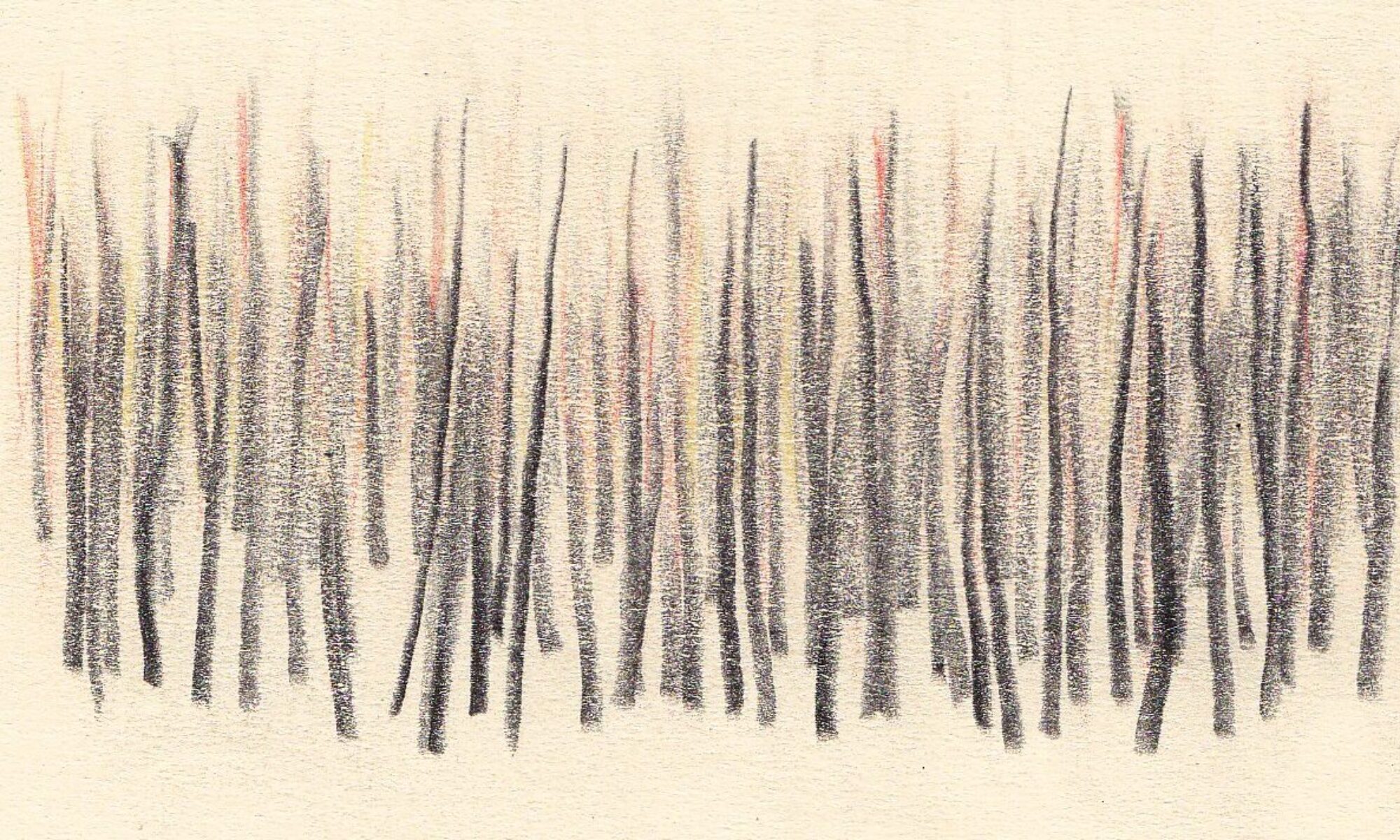Whether Armilla is like this because it is unfinished or because it has been demolished, whether the cause is some enchantment or only a whim, I do not know. The fact remains that it has no walls, no ceilings, no floors: it has nothing that makes it seem a city, except the water pipes that rise vertically where the houses should be and spread out horizontally where the floors should be: a forest of pipes that end in taps, showers, spouts, overflows. Against the sky a lavabo’s white stands out, or a bathtub, or some other porcelain, like late fruit still hanging from the boughs. You would think the plumbers had finished their job and gone away before the bricklayers arrived; or else their hydraulic systems, indestructible, had survived a catastrophe, an earthquake, or the corrosion of termites.
Abandoned before or after it was inhabited, Armilla cannot be called deserted. At any hour, raising your eyes among the pipes, you are likely to glimpse a young woman, or many young women, slender, not tall of stature, luxuriating in the bathtubs or arching their backs under the showers suspended in the void, washing or drying or perfuming themselves, or combing their long hair at a mirror. In the sun, the threads of water fanning from the showers glisten, the jets of the taps, the spurts, the splashes, the sponges’ suds.
I have come to this explanation: the streams of water channeled in the pipes of Armilla have remained in the possession of nymphs and naiads. Accustomed to traveling along underground veins, they found it easy to enter into the new aquatic realm, to burst from multiple fountains, to find new mirrors, new games, new ways of enjoying the water. Their invasion may have driven out the human beings, or Armilla may have been built by humans as a votive offering to win the favor of the nymphs, offended at the misuse of the waters. In any case, now they seem content, these maidens: in the morning you hear them singing.
